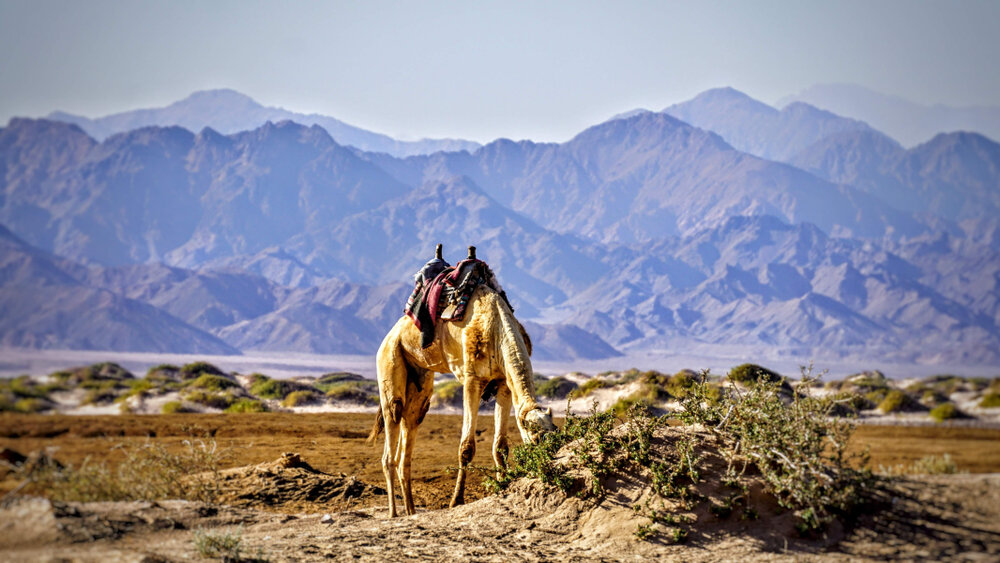Tourism has evolved, quickly.
Travel is geared up to be a lot different at the start of 2022. Our team at Trove Tourism Development Advisors surveyed more than 50 tourism boards and destination marketing organizations (DMOs) and performed sentiment analysis on a sample of 3,000 travelers and identified the following themes to be true.
Traveler's Behaviors Have Shifted in the Following Ways:
If it isn't safe, they won't try it: Travelers are pre-checking what safety precautions are in place including mask requirements, social distancing guidelines, cleaning procedures, and contactless reservations. In addition, visitors are pinning down travel requirements for their point of origin and destination prior to booking travel. If there is uncertainty as to the destination's health standards, the average traveler won't go.
Demand is shifting: Traveler preferences have shifted in favor of the more predictable forms of travel, a trend that will in most estimations continue through the next six months. Travelers will continue to extensively plan trips (versus ad-hoc trip hopping) and outdoor, remote experiences are reigning supreme in the short-term. Given that extensive planning is on the rise, travelers want to be able to choose to do whatever they want. Socially distancing in groups creates a new form of complexity when traveling.
Personalization is key: Tourists will not take the decision to travel to a specific location lightly, especially after not traveling for months. Personalization applies to every aspect of the tourist experience, from marketing prior to visit to the actual experience when there. Today, visitors expect tailored advertisements that closely mimic the experiences that they are looking for, and travelers need to be able to customize a personal travel experience.
Mobile, Mobile, Mobile: Travelers are more prone to booking, planning, and sharing about their trips on their mobile phones.
For Destinations, they can be prepared to meet travelers' needs in the following ways:
Build in safety and security in your destination marketing campaign: A destination’s marketing campaign should not be broad. It should be tailored around central messaging and themes aligned on during the market segmentation. But central to any and all marketing campaigns, especially for national and regional DMOs, tourism boards and destination management companies (DMCs), needs to be safety and security.
Re-segment the market to account for changing preferences: After almost a year of closing and re-opening, your destination should re-segment the market. Use sentiment data to align on what types of visitors are normally attracted to your destination (by location, preference, age, demographic), and then analyze the data to create segments. For example, a destination can have four segments: one that is guaranteed (reliable visitors that came before the pandemic and will continue to come), less reliable, and so on. Or, the segments can vary by visitor type (geography, demographics, etc). It is important to align on who the target demographic is, and track and iterate on this over time, in order to in make sure you are shifting your marketing in line with market trends. Priority markets are constantly changing. In 2020, we worked with a large Middle Eastern tour company to identify and update their content strategy for post-COVID travel. The first step was to make sure we understood where travelers' preferences were shifting to, what inbound travel data showed, and what market research predictions forecasted to know what audiences to target content to.
Build personalization into your tourism development plan: Destinations and tourism organizations need to work to plan for re-opening and forward-looking growth. Stakeholders must be mobilized, programming needs to be set, company partnerships need to be re-established, and marketing must come back online. Visitor experience needs to be planned out to a tee - where tourism authorities must involve online travel agents (OTAs), tour operators, small travel businesses and travel agents to ensure that the right products are highlighted, tours are promoted and experiences are seamless
Invest in the right influencer campaign for the right segment: More mobile-focused travelers means that organic social campaigns and influencer media rule supreme. Influencers are coming out of hibernation and are available for small to large campaigns. They have content to share, have the enthusiasm, but often need focus. Mobilizing the right influencer(s) with understanding of your target segments is your best bet. We worked with a travel association in Southeast Asia that had been using the same Instagram influencer for years, not understanding that their priority audience for travel during COVID-19 had completely shifted from the USA to regional markets. We helped them re-calibrate and become a lot more successful.
Travel preferences are changing and DMOs, tourism authorities, tourism boards, DMCs and tour operators are shifting their strategies accordingly.
At Trove, our Strategic Planning, Branding Strategy, Online Marketing & Social Media, Visitor Experience Design, and Insights & Analytics teams are here to help.




